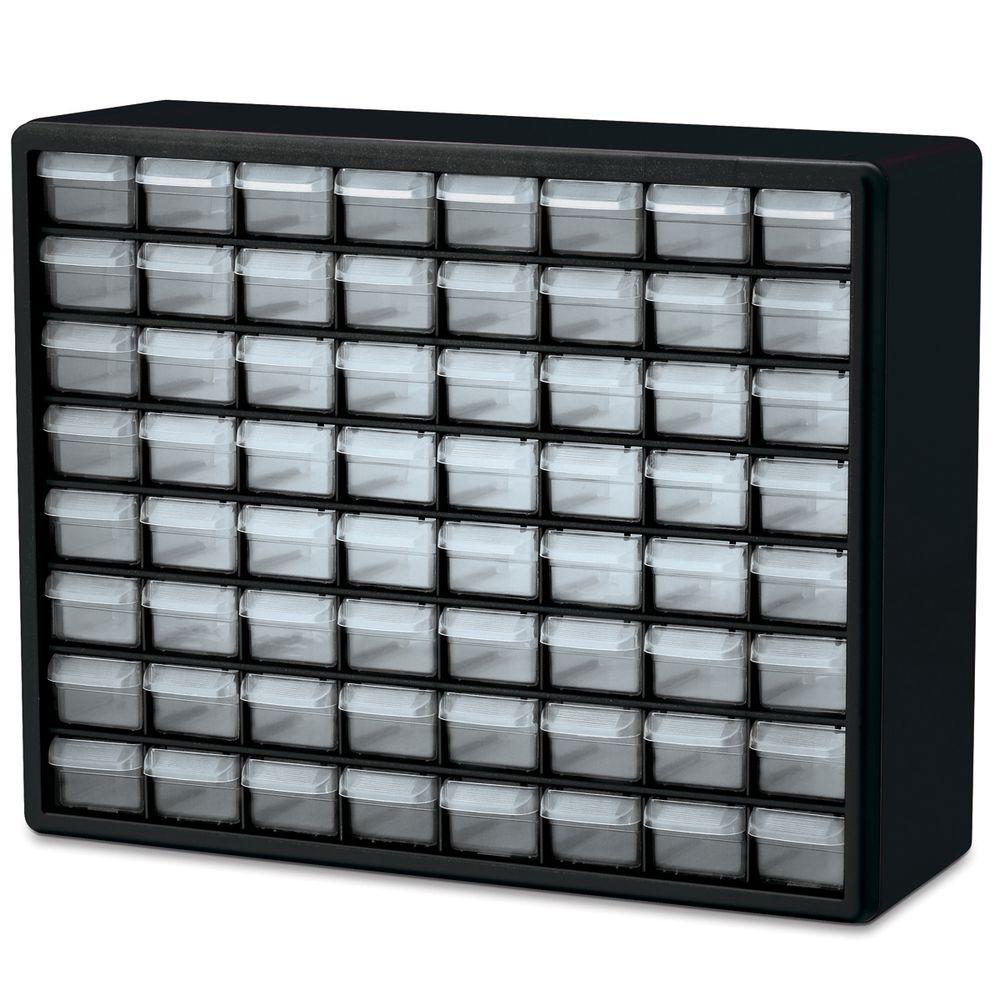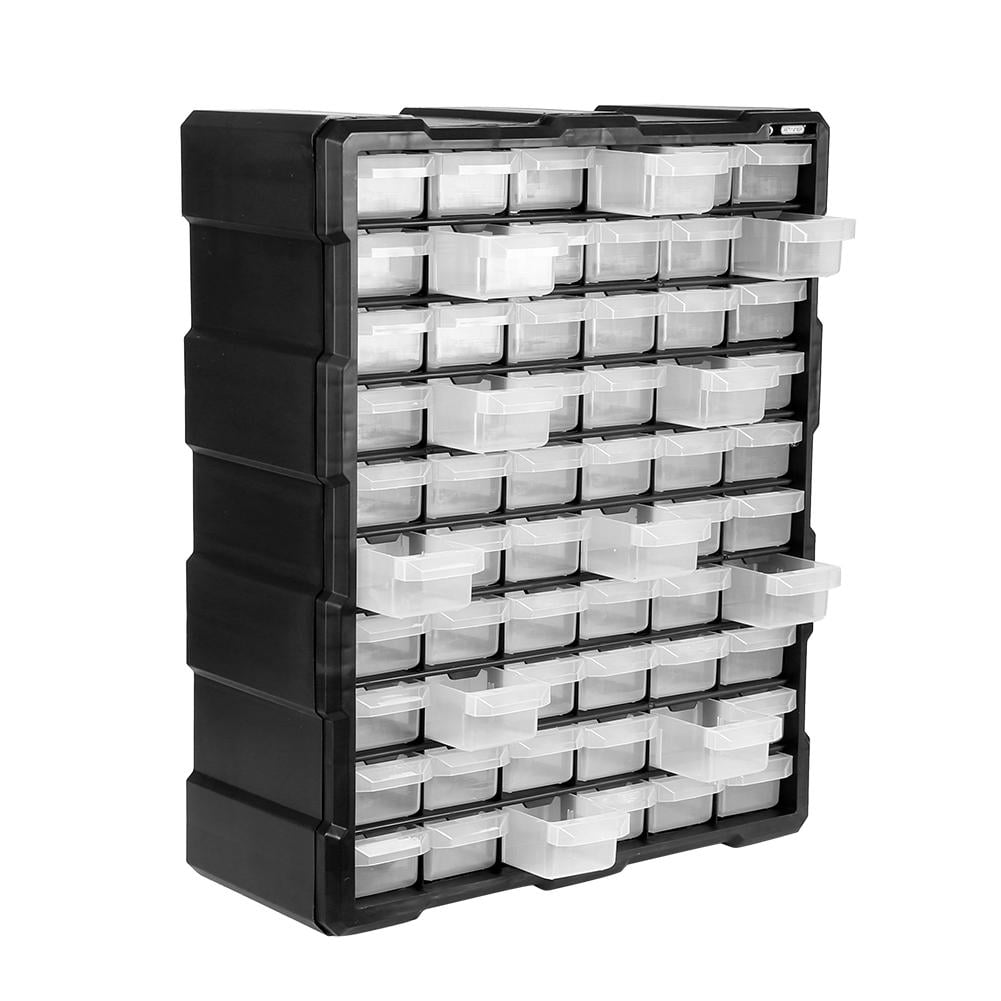The Importance of Organization for Small Parts

Imagine trying to find a specific screw in a jumbled box of hundreds of others. This is the reality for many people working with small parts, and it can be a major headache. Without a dedicated system for organization, managing small parts can lead to frustration, lost time, and even damage to valuable components.
The Challenges of Managing Small Parts Without Organization, Small parts organizer cabinet
Disorganization in small parts management can lead to several significant challenges:
- Lost Time: Searching for a specific part in a disorganized collection can be time-consuming and inefficient. This wasted time can significantly impact productivity, especially in industries where deadlines are tight.
- Frustration and Errors: When you can’t find the right part quickly, frustration levels rise, leading to potential mistakes and errors. This can be particularly problematic in delicate tasks requiring precision.
- Part Damage: Improper storage of small parts can result in damage, such as scratches, dents, or breakage. This can lead to costly replacements and delays in projects.
- Inventory Management Issues: Without a clear system, it’s difficult to track inventory levels, leading to potential over-ordering or shortages. This can impact project timelines and profitability.
The Importance of Organization in Different Industries
Small part organization is crucial in a wide range of industries, including:
- Electronics: From circuit boards to microchips, electronics rely on intricate assemblies of small parts. Proper organization is essential for ensuring the quality and reliability of electronic devices.
- Manufacturing: Manufacturing processes often involve assembling numerous small parts. Organization is critical for maintaining production efficiency and minimizing waste.
- Hobbies and Crafts: Even for hobbyists and crafters, organizing small parts is essential for keeping projects organized, efficient, and enjoyable.
Types of Small Parts Organizer Cabinets

Small parts organizer cabinets come in various designs, each offering distinct features and benefits. Understanding these differences is crucial for choosing the right cabinet to suit your specific needs.
Drawer Cabinets
Drawer cabinets are the most common type of small parts organizer. They consist of multiple drawers, each designed to hold specific items.
- Advantages:
- Provide excellent visibility and easy access to stored items.
- Offer a high degree of organization, allowing you to categorize and store parts in separate drawers.
- Suitable for storing a wide range of small parts, from screws and nuts to electronic components.
- Disadvantages:
- Can be bulky and take up significant space, especially for larger cabinets.
- May not be ideal for storing irregularly shaped or heavy items.
Bin Cabinets
Bin cabinets utilize removable bins or containers for storing small parts.
- Advantages:
- Offer high flexibility, allowing you to customize the bin size and configuration to suit your specific needs.
- Ideal for storing a wide variety of parts, including irregularly shaped items and heavy components.
- Bins can be easily removed and transported, making it convenient to access and move parts.
- Disadvantages:
- May not provide as much visibility as drawer cabinets, as the bins obscure the contents.
- Can be more prone to clutter if bins are not properly labeled and organized.
Modular Systems
Modular systems offer a flexible and customizable approach to small parts organization. They consist of individual units that can be combined and rearranged to create a personalized system.
- Advantages:
- Allow you to create a system that perfectly fits your workspace and storage needs.
- Offer a wide range of components, including drawers, bins, shelves, and work surfaces.
- Can be easily expanded or modified as your needs change.
- Disadvantages:
- Can be more expensive than traditional cabinets.
- May require more planning and assembly.
Features and Benefits of Small Parts Organizer Cabinets

A well-designed small parts organizer cabinet goes beyond simple storage; it’s a system that enhances productivity and efficiency by providing a dedicated space for each item, making it easy to locate and access.
Adjustable Shelves and Dividers
Adjustable shelves and dividers are essential features that allow you to customize the cabinet to suit your specific needs. This flexibility is crucial for organizing various sizes and shapes of small parts.
- Adjustable shelves allow you to create compartments of different heights, accommodating parts of varying sizes.
- Dividers, whether fixed or adjustable, further subdivide shelves, providing dedicated spaces for specific types of parts.
This organization ensures that you can quickly locate the part you need without having to sift through a jumbled mess, saving valuable time and minimizing frustration.
Labeling Systems
A comprehensive labeling system is crucial for maintaining an organized cabinet.
- Clear and concise labels, whether handwritten, printed, or using a labeling system, make it easy to identify the contents of each compartment.
- Consistent labeling practices, such as using a standardized format or color-coding, further enhance clarity and speed up part identification.
This eliminates the need to search through multiple compartments, saving time and effort.
Examples of Improved Productivity
Small parts organizer cabinets have significantly improved productivity in various settings:
- In workshops, mechanics can quickly locate the right tools and fasteners, reducing downtime and improving repair efficiency.
- In electronics manufacturing, assembly lines can operate more smoothly with easy access to components, minimizing delays and increasing production output.
- In hobbyists’ workshops, organized storage allows for easier project planning and execution, enhancing creativity and enjoyment.
These are just a few examples of how a well-organized small parts cabinet can significantly impact productivity and efficiency.
Small parts organizer cabinets are essential for maintaining order and efficiency in workshops and garages, providing dedicated storage for tools, fasteners, and other small items. Similarly, a well-designed bread display cabinet in Malaysia can enhance the visual appeal and functionality of a bakery or café, showcasing fresh bread and pastries while keeping them organized and easily accessible.
Both types of cabinets highlight the importance of efficient storage and organization for optimizing workspace and enhancing the overall experience.
Small parts organizer cabinets, often used for tools or crafting supplies, can benefit from a similar design principle as different height kitchen wall cabinets. By adjusting shelf heights to accommodate various sized items, a small parts organizer cabinet can achieve greater efficiency and accessibility.
This allows for optimized storage and retrieval, similar to how variable height kitchen cabinets can cater to different needs in a kitchen.